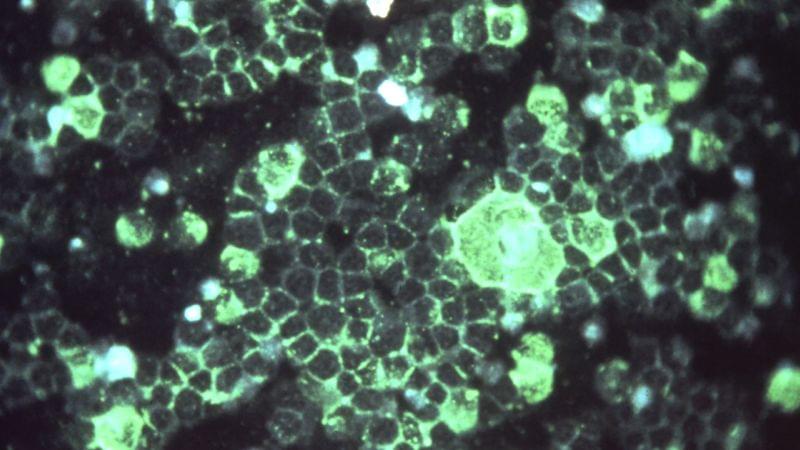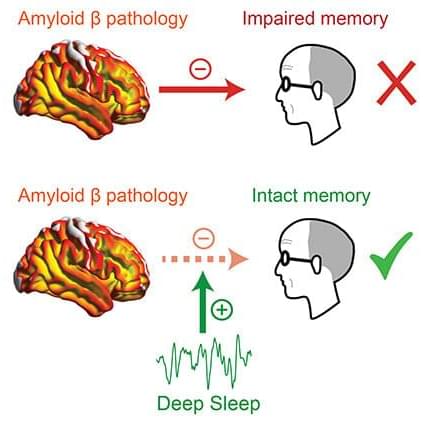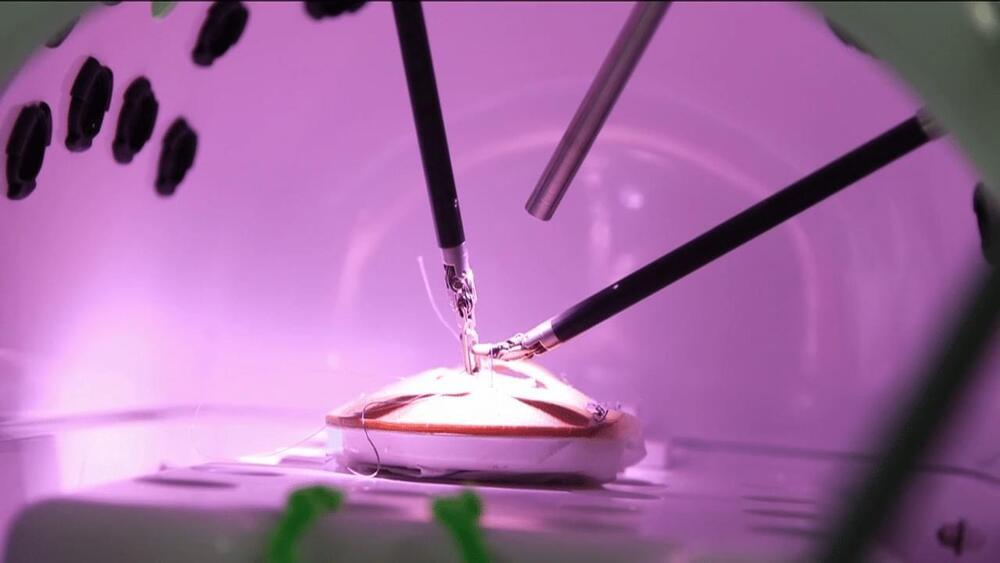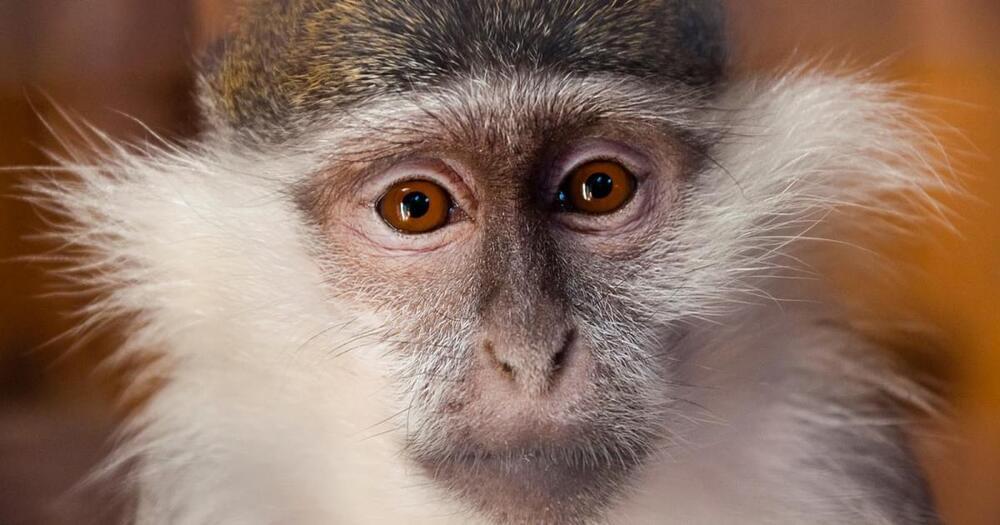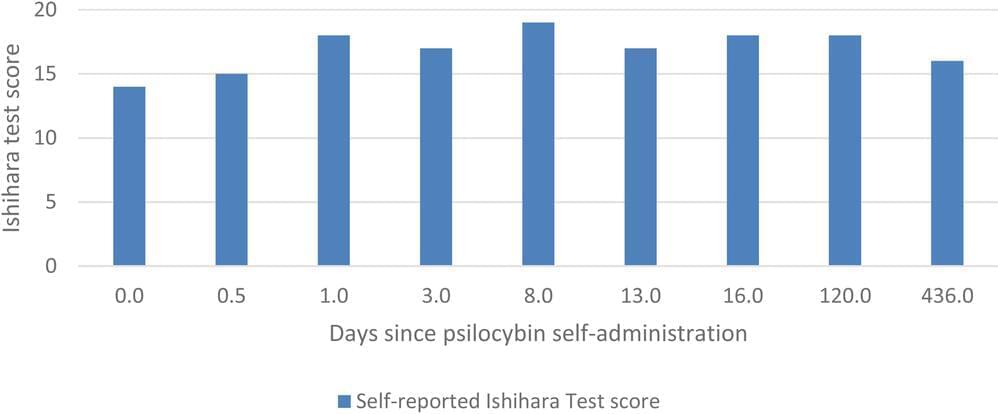August will see the second annual Longevity Summit take place in Dublin. Packed with keynote presentations by leading experts in the aging field, the summit will showcase some of the latest – and most exciting – research and innovations in the longevity space.
Longevity. Technology: One of the Longevity Summit’s most-anticipated speakers is eminent gerontologist Dr Aubrey de Grey. Since the launch of the Longevity Escape Velocity Foundation, which Dr de Grey announced at Dublin last year, news on progress of its flagship research programme Robust Mouse Rejuvenation has been keenly awaited, as has further details on its research into transplants on demand.
Earlier this week, we caught up with Dr de Grey to find out more about the conference, its speakers and agenda, and today we dig into what he and LEV Foundation have been up to.

